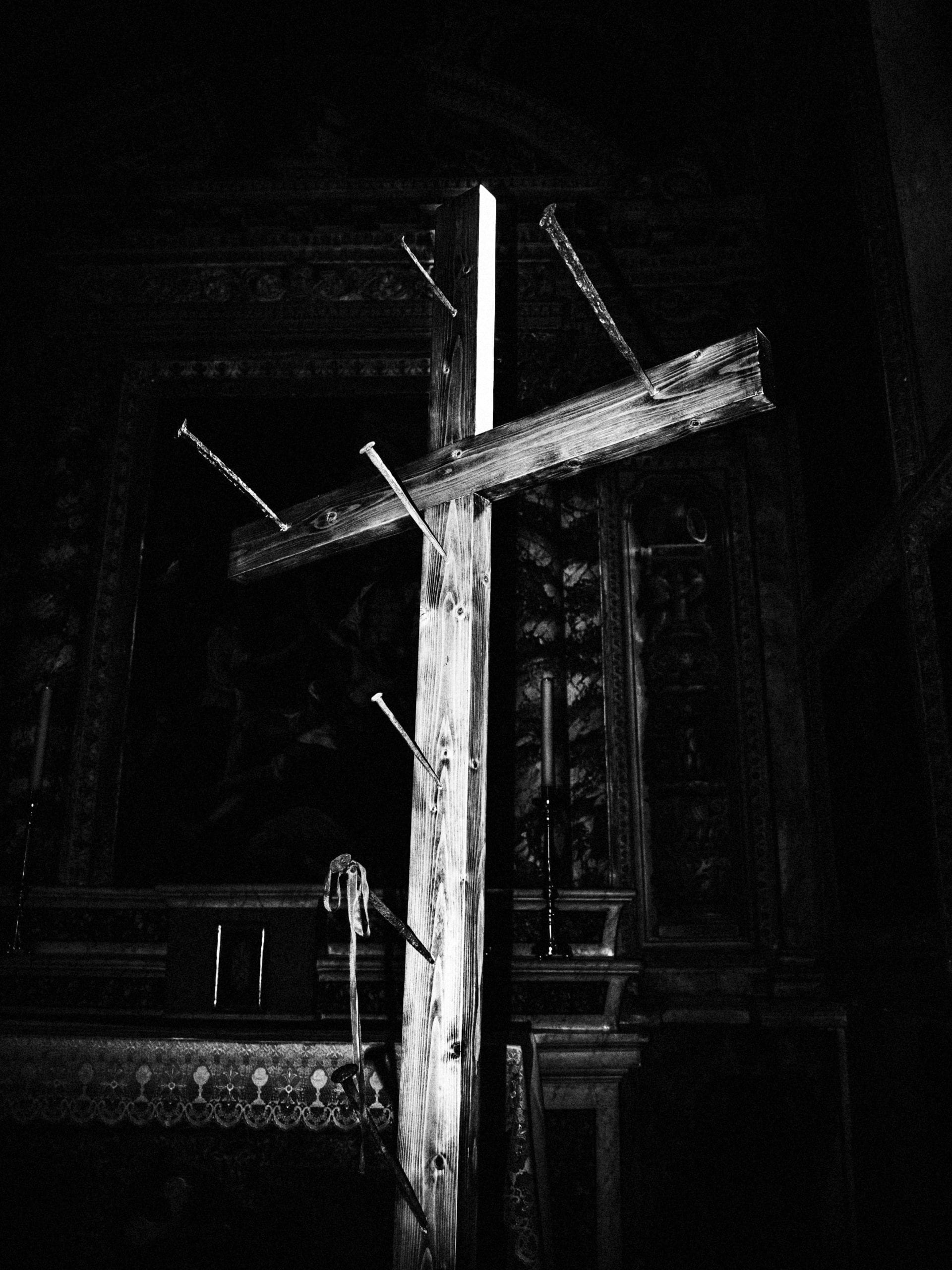With his stark black-and-white images, Spanish photographer Arnau Blanch takes us on a journey into the recesses of our minds.
Projects such as Veneno and Fantasmas use photography to connect how we experience places with our subconscious.
Veneno (‘Poison’) was shot between 2008 and 2014; it is set in the jungles of Colombia but, rather than photographing the lush foliage and spectacular canopies, Blanch examines a sinister landscape in which anything can — and does — happen.
There are images of sex, weapons, the latent threat of violence; everything is shot bure bokeh, a style in which extremes of contrast echo the extremes of the subject matter. They look like sequences from a discomforting dream, one in which our secret obsessions are only partially disguised by the symbols of our unconscious.
A graduate of Barcelona’s Institute d’Estudis Fotograpics de Catalunya, Blanch has also studied at New York’s ICP and was selected for the Joop Swart Masterclass in 2013.
“I’ve been following Arnau’s work for a few years now since I saw his Veneno/Colombia work at a portfolio review,” says Liza Faktor, founder of the Screen Your World project. “Arnau has a very strong and coherent relationship between his outstanding visuals and determination to document and follow the story. He has invested a lot into his Colombian project over several years of taking trips over there whenever he could and doing all kinds of crazy subjects. As a result he has this very poetic and at the same time tough imagery that I believe give us a picture of Colombia we haven’t seen before.”
Blanch has used a similar style in his later project, Fantasmas, “a subjective representation of anxiety” that reveals the phantoms of his soul. Here the extreme contrast brings out the rough surfaces of roads, hair and plants, rendering them threatening and almost alive. “[Blanch] continues to explore how far can he stretch his language,” says Faktor. “I think it’s plain brilliant, cinematic as well. There is quite a unique context to both of these projects. It’s hard to nail it down – but it’s definitely there. It’s obvious that he knows what he’s talking about.”
See more of Arnau’s work here.
First published in the January 2014 issue. You can buy the issue here.



